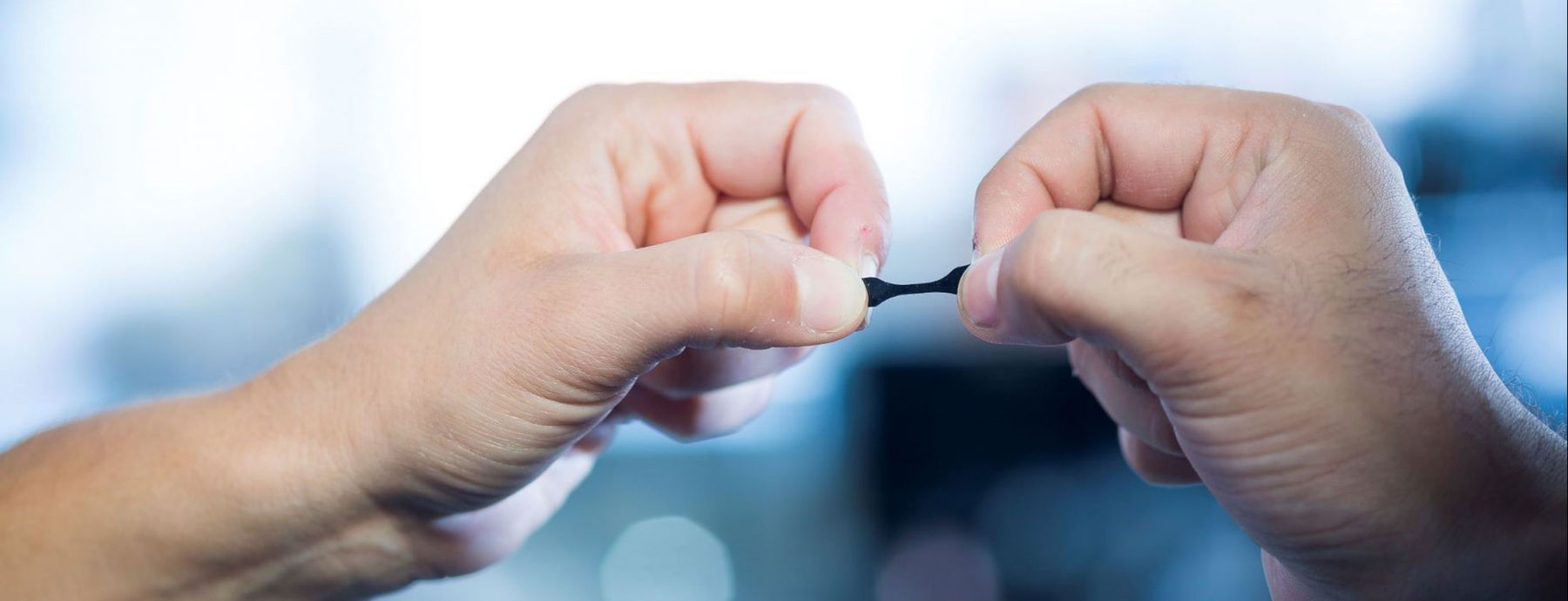Overview
CNSI researchers are leading the discovery and optimization of advanced materials for energy management, water purification, quantum science, healthcare and robotics. The discovery pipeline combines innovations in design, computation, manufacturing, characterization and analysis to develop enhanced processes and materials targeted for specific applications. This work leverages the cutting-edge infrastructure for materials science at UC Santa Barbara, provided by the NSF-sponsored Quantum Foundry and BioPACIFIC MIP, as well as the Materials Research Laboratory, an NSF MRSEC.
